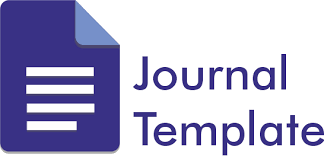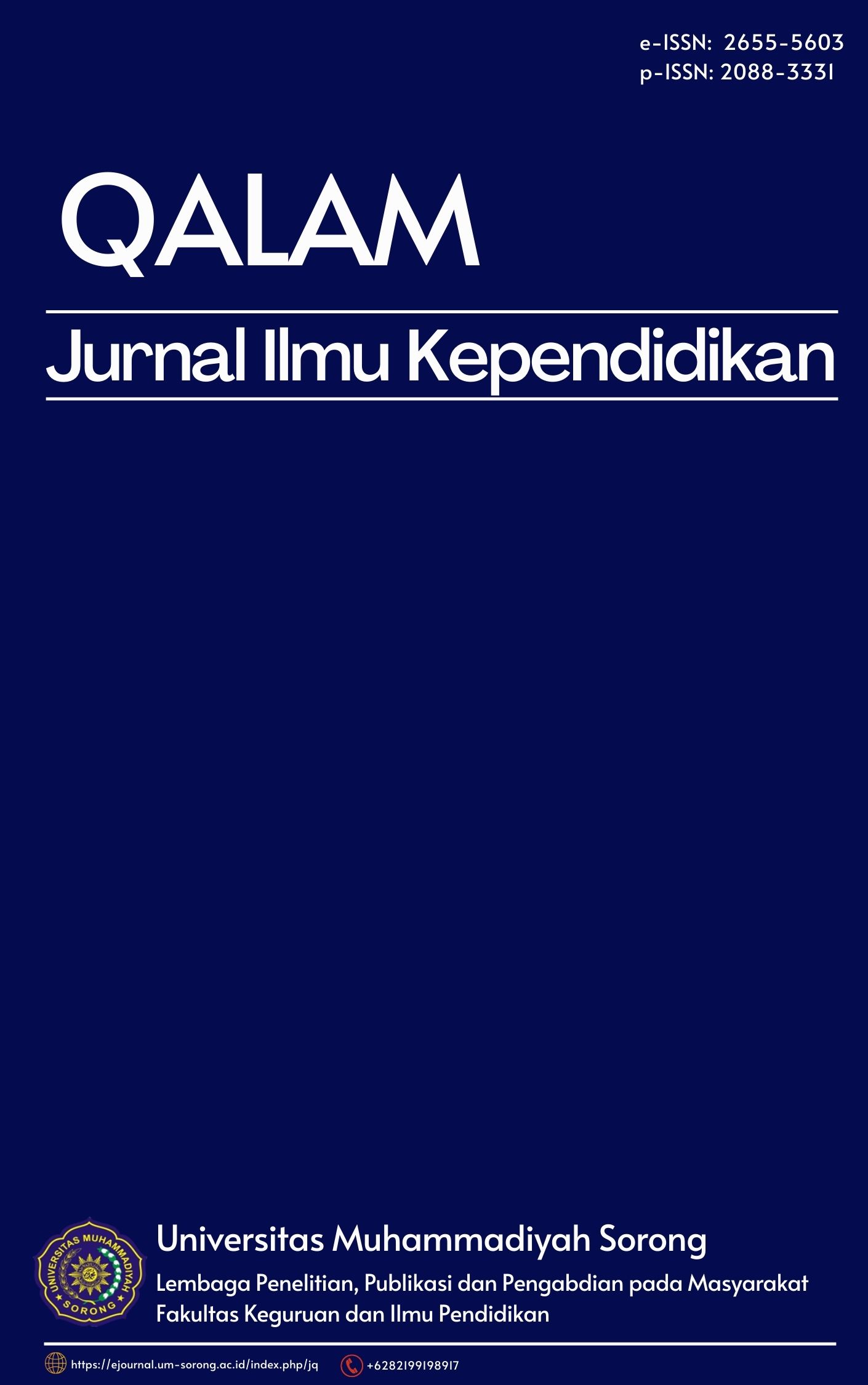Analysis Students’ Difficulties on Using English Article at 8th Grade of SMP Negeri 1 Nuhon
DOI:
https://doi.org/10.33506/jq.v13i1.3511Keywords:
Students, Difficulties, English ArticlesAbstract
This study aimed to find out the types of English Article errors made by students and also to find out some factors that cause students' difficulties in using English Articles at grade 8th students of SMP Negeri 1 Nuhon. This study used a qualitative approach as a research method. The subjects of this research were 10 students who were grade 8th students from SMP Negeri 1 Nuhon. To analyze the data, the researcher conducted test documentation and interviews using the snowball sampling method. As a result of this research, the researcher found that the students made several types of mistakes such as suspicion and confusion done by 7 students, omission by 2 students, and misformation by 8 students. Factors that influence students experiencing difficulties are the lack of knowledge about English texts, grammar, nouns, and also the students' lack of frequent opening of dictionaries, prefer used Google Translate and the difference between Indonesian as the mother tongue with English. In conclusion, this study supports and enriches the theory that has been put forward.
References
Beckwith, S. (2013). “A” and “The” Explained a Learners Guide to Definite and Indefinite Article.
Butler, Y. G. (2002). Second Language Learners’ Theories on the Use of English Articles. Studies in Second Language Acquisition, 24(3), 451–480. https://doi.org/10.1017/s0272263102003042
Celentano, T. (2012). ESL Reference Series Mastering English Articles a, an, and the Learn to Use Articles Correctly in Every English Sentence!
Creswell, J. W. (2009). Research Design : Qualitative, Quantitative, and Mixed Methods Approaches (Third Edit). Thousand Oaks, California: Sage Publications International and Profesional Publisher.
Gallaudet. (1975). Structured Task of English Practice. Washington DC: Gallaudet University Press.
Harb, M. A. (2014). A Closer Look at the English Article System: Internal and External Sources of Difficulty Revisited. International Journal of Linguistics, 6(4), 87. https://doi.org/10.5296/ijl.v6i4.5998
Miller, J. (2005). Most of ESL students have trouble with the articles. International Education Journal, 5(5), 80–88.
Murphy, R. (2019). English Grammar In Use (Fifth Edit). Cambidge: Cambridge University Press.
Nisa’, B. (2017). Kesalahan Tata Bahasa Grammar pada Makalah Mahasiswa Program Studi Bahasa Inggris. Jurnal Wanastra, 09(01), 23.
Noy, C. (2008). Sampling knowledge: The hermeneutics of snowball sampling in qualitative research. International Journal of Social Research Methodology, 11(4), 327–344. https://doi.org/10.1080/13645570701401305
Perry, D. (2020). Writing Style. https://web.uri.edu/graduate-writing-center/writing-styles/#:~:text=The four main types of,narrative%2C expository%2C and descriptive.
Seaton, A., & Mew, Y. . (2007). Basic English Grammar For English Language Learners. In Nature (Vol. 130, Issue 3272). Saddleback Educational Publishing. https://doi.org/10.1038/130083a0
Siwi, aninda aji. (2018). Kesalahan Tata Bahasa Yang Sering Di Jumpai Dalam Kelas Writing. THAQÃFIYYÃT, 19(1), 31–49.
Telaumbanua, Y. A. (2020). an Analysis of Students’ Skripsi Errors in Using Articles At English Education Study Program of Ikip Gunungsitoli Year 2018/2019. Jurnal Review Pendidikan Dan Pengajaran, 3(2), 482–492. https://doi.org/10.31004/jrpp.v3i2.1723
Thomas S.Kane. (2000). The Oxford Essential Guide to Writing by Thomas S. Kane (z-lib.org).pdf. New York: The Berkley Publishing Group.
Vinz, S. (2016). Definite and Indefinite Article When to Use “The”, “A” or “An.” https://www.scribbr.com/language-rules/articles/
Wallwork, A. (2013). English for Research: Usage, Style, and Grammar (Vol. 59). Springer Science+Business Media.
Yuliawati, L., Aprilia, & Andayani, E. S. (2020). Type Of Error On Articles In Students’ Writing. Visi Ilmu Sosial Dan Humaniora (VISH), 2020(02), 199–208.
Downloads
Published
How to Cite
Issue
Section
License

This work is licensed under a Creative Commons Attribution-ShareAlike 4.0 International License.
The article copyright is owned by the author and Qalam: Jurnal Ilmu Kependidikan

This work is licensed under a Creative Commons Attribution-ShareAlike 4.0 International License.




